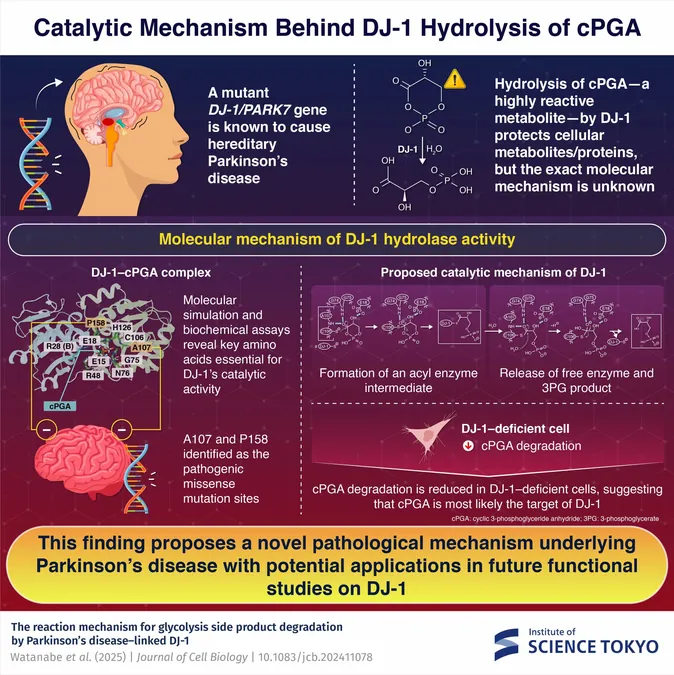
Unveiling the Secret Dance of Embryonic Cells: How They 'Hear' Each Other to Shape Life
2025-07-04
Author: Arjun
A Groundbreaking Discovery in Cell Coordination
Every complex organism begins life as a single cell, which then numerous times divides and multiplies to form a fully functioning body. But how do these cells communicate and collaborate during this crucial stage? Researchers from the Göttingen Campus Institute for Dynamics of Biological Networks, the Max Planck Institute for Dynamics and Self-Organisation, and the University of Marburg have made a stunning revelation: embryonic cells coordinate their movements using molecular mechanisms surprisingly similar to those found in hearing.
The Choreography of Cells
In a remarkable blend of developmental genetics and physics, the team found that in thin layers of skin, cells can detect the movements of their neighbors and sync their actions accordingly. This synchronization amplifies the force they exert, allowing the embryonic tissue to shape itself more effectively. The cells communicate through delicate signals that travel rapidly across the tissue, ensuring that development proceeds smoothly. When the researchers genetically modified cells to impair their ability to 'listen' to one another, they observed devastating effects: delays or complete developmental failures.
High-Tech Insights on Cellular Interactions
Using advanced computer models, the scientists simulated how these cells interact, revealing a coordinated dance that protects the emerging structures from outside forces. Dr. Matthias Häiring, a co-author of the study, highlighted their innovative approach, saying, "Using AI methods and computer-assisted analysis, we examined around a hundred times more cell pairs than was previously possible, granting us unprecedented accuracy in understanding these delicate cellular interactions."
Nature's Intricate Design: From Hearing to Development
Interestingly, the same sensory mechanisms utilized by our inner ear to detect sound are at play in embryonic cells. These hair cells respond to even the faintest sounds by registering tiny movements, aided by specialized proteins that convert mechanical forces into electrical signals. Until now, their dual role in both hearing and development was an unexpected twist in our understanding of biology.
A Glimpse into Evolutionary History
The findings lead to fascinating implications about evolutionary biology. Professor Fred Wolf, another co-author, noted that the origins of these force-sensitive proteins may trace back to our single-celled ancestors, hinting that the capability to sense mechanical forces predates multicellular life. Future research aims to clarify whether the primary function of these 'nanomachines' was internal force perception rather than external sound detection.
Conclusion: A New Era of Biological Research
This groundbreaking study not only enhances our understanding of cellular communication and development but also opens up new avenues for research into evolutionary biology. The interplay of embryonic cells may hold the key to unraveling the mysteries of life itself.


 Brasil (PT)
Brasil (PT)
 Canada (EN)
Canada (EN)
 Chile (ES)
Chile (ES)
 Česko (CS)
Česko (CS)
 대한민국 (KO)
대한민국 (KO)
 España (ES)
España (ES)
 France (FR)
France (FR)
 Hong Kong (EN)
Hong Kong (EN)
 Italia (IT)
Italia (IT)
 日本 (JA)
日本 (JA)
 Magyarország (HU)
Magyarország (HU)
 Norge (NO)
Norge (NO)
 Polska (PL)
Polska (PL)
 Schweiz (DE)
Schweiz (DE)
 Singapore (EN)
Singapore (EN)
 Sverige (SV)
Sverige (SV)
 Suomi (FI)
Suomi (FI)
 Türkiye (TR)
Türkiye (TR)
 الإمارات العربية المتحدة (AR)
الإمارات العربية المتحدة (AR)